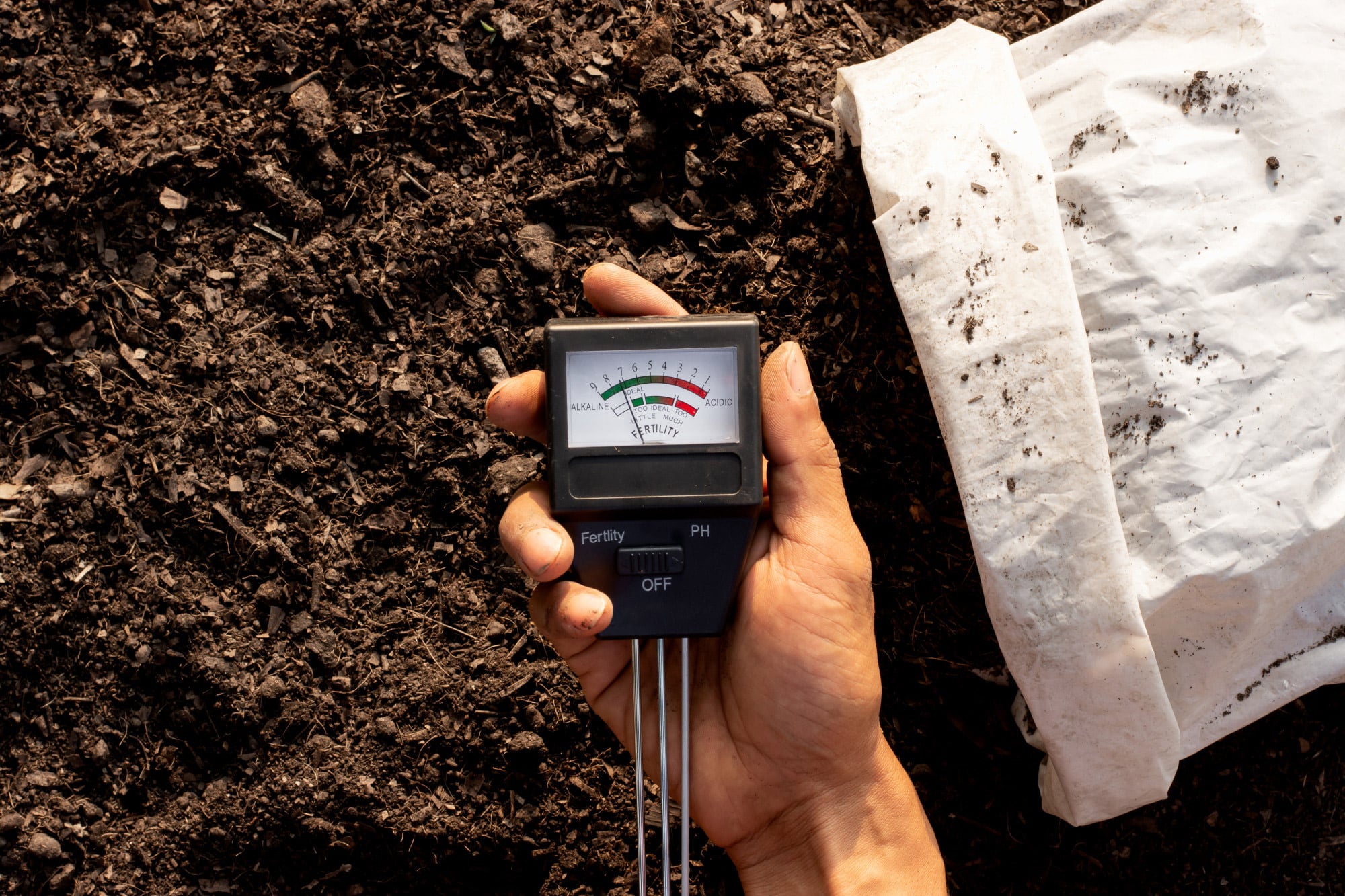Measuring the effectiveness of the land’s carbon sink
Measuring the effectiveness of the land's carbon sink Tech Explorist


Forests, Grasslands, and Terrestrial Ecosystems: Key Players in Carbon Emissions Reduction

The Sustainable Development Goals (SDGs) emphasize the importance of terrestrial ecosystems in mitigating carbon emissions. These ecosystems, including forests and grasslands, have a crucial role in absorbing carbon from the atmosphere through primary productivity and ecosystem respiration. In fact, they absorb approximately 15% of the carbon in the atmosphere each year.
Long-Term Equilibrium and Carbon Sink
Under stable climatic, atmospheric, edaphic, and disturbance conditions, the gross fluxes of photosynthesis and respiration in these ecosystems would reach a long-term equilibrium. This equilibrium helps maintain the land carbon sink, which absorbs around one-third of anthropogenic carbon emissions annually.
However, researchers from the University of California Berkeley have warned that the land carbon sink’s capacity to offset human carbon emissions is under threat due to ongoing global changes. In a comprehensive analysis of scientific research articles, they explore the complex interactions between the Earth’s atmosphere and ecosystems.
Buffering Human Carbon Emissions
The land carbon sink has played a crucial role in offsetting significant human carbon emissions and stabilizing the global climate. The review found that a combination of carbon fertilization and warmer temperatures in the northern hemisphere has doubled the land carbon sink from the 1960s to the 2010s. Without this increase, the atmospheric concentration of carbon dioxide would have exceeded 500 parts per million by 2020.
However, co-author Trevor Keenan highlights that this natural capacity to offset climate change is not unlimited. Deforestation, land-use changes, and climate-induced stresses like drought and extreme weather have already reduced the land sink’s capacity to assimilate carbon. If human carbon emissions continue unabated, these trends are expected to worsen, potentially turning the land biosphere from a sink to a carbon source within the next few decades. This shift would lead to a rapid increase in CO2 concentrations in the atmosphere, accelerating climate change.
The Importance of Sustainable Land Management
The findings of this study provide valuable information on climate change mitigation strategies and the future direction of the land carbon sink. Decision-makers, academics, and environmentalists can utilize this information to make informed choices. Implementing sustainable land management practices is crucial in further enhancing the land sink and addressing the climate crisis.
Journal Reference:
- Ruehr, S., Keenan, T.F., Williams, C. et al. Evidence and attribution of the enhanced land carbon sink. Nature Reviews Earth & Environment. DOI: 10.1038/s43017-023-00456-3
SDGs, Targets, and Indicators
| SDGs | Targets | Indicators |
|---|---|---|
| SDG 13: Climate Action | Target 13.2: Integrate climate change measures into national policies, strategies, and planning | Indicator not mentioned in the article |
| SDG 15: Life on Land | Target 15.1: Ensure the conservation, restoration, and sustainable use of terrestrial and inland freshwater ecosystems and their services | Indicator not mentioned in the article |
| SDG 15: Life on Land | Target 15.3: Combat desertification, restore degraded land, and soil, including land affected by desertification, drought, and floods, and strive to achieve a land degradation-neutral world | Indicator not mentioned in the article |
| SDG 15: Life on Land | Target 15.5: Take urgent and significant action to reduce the degradation of natural habitats, halt the loss of biodiversity, and protect and prevent the extinction of threatened species | Indicator not mentioned in the article |
| SDG 15: Life on Land | Target 15.9: By 2020, integrate ecosystem and biodiversity values into national and local planning, development processes, poverty reduction strategies, and accounts | Indicator not mentioned in the article |
| SDG 15: Life on Land | Target 15.b: Mobilize significant resources from all sources and at all levels to finance sustainable forest management and provide adequate incentives to developing countries to advance sustainable forest management, including for conservation and reforestation | Indicator not mentioned in the article |
1. Which SDGs are addressed or connected to the issues highlighted in the article?
The issues highlighted in the article are connected to SDG 13: Climate Action and SDG 15: Life on Land.
2. What specific targets under those SDGs can be identified based on the article’s content?
- For SDG 13: Climate Action, the specific target that can be identified is Target 13.2: Integrate climate change measures into national policies, strategies, and planning.
- For SDG 15: Life on Land, several targets can be identified based on the article’s content:
- Target 15.1: Ensure the conservation, restoration, and sustainable use of terrestrial and inland freshwater ecosystems and their services.
- Target 15.3: Combat desertification, restore degraded land and soil, including land affected by desertification, drought, and floods, and strive to achieve a land degradation-neutral world.
- Target 15.5: Take urgent and significant action to reduce the degradation of natural habitats, halt the loss of biodiversity, and protect and prevent the extinction of threatened species.
- Target 15.9: By 2020, integrate ecosystem and biodiversity values into national and local planning, development processes, poverty reduction strategies, and accounts.
- Target 15.b: Mobilize significant resources from all sources and at all levels to finance sustainable forest management and provide adequate incentives to developing countries to advance sustainable forest management, including for conservation and reforestation.
3. Are there any indicators mentioned or implied in the article that can be used to measure progress towards the identified targets?
No indicators are mentioned or implied in the article that can be used to measure progress towards the identified targets.
Behold! This splendid article springs forth from the wellspring of knowledge, shaped by a wondrous proprietary AI technology that delved into a vast ocean of data, illuminating the path towards the Sustainable Development Goals. Remember that all rights are reserved by SDG Investors LLC, empowering us to champion progress together.
Source: techexplorist.com

Join us, as fellow seekers of change, on a transformative journey at https://sdgtalks.ai/welcome, where you can become a member and actively contribute to shaping a brighter future.







